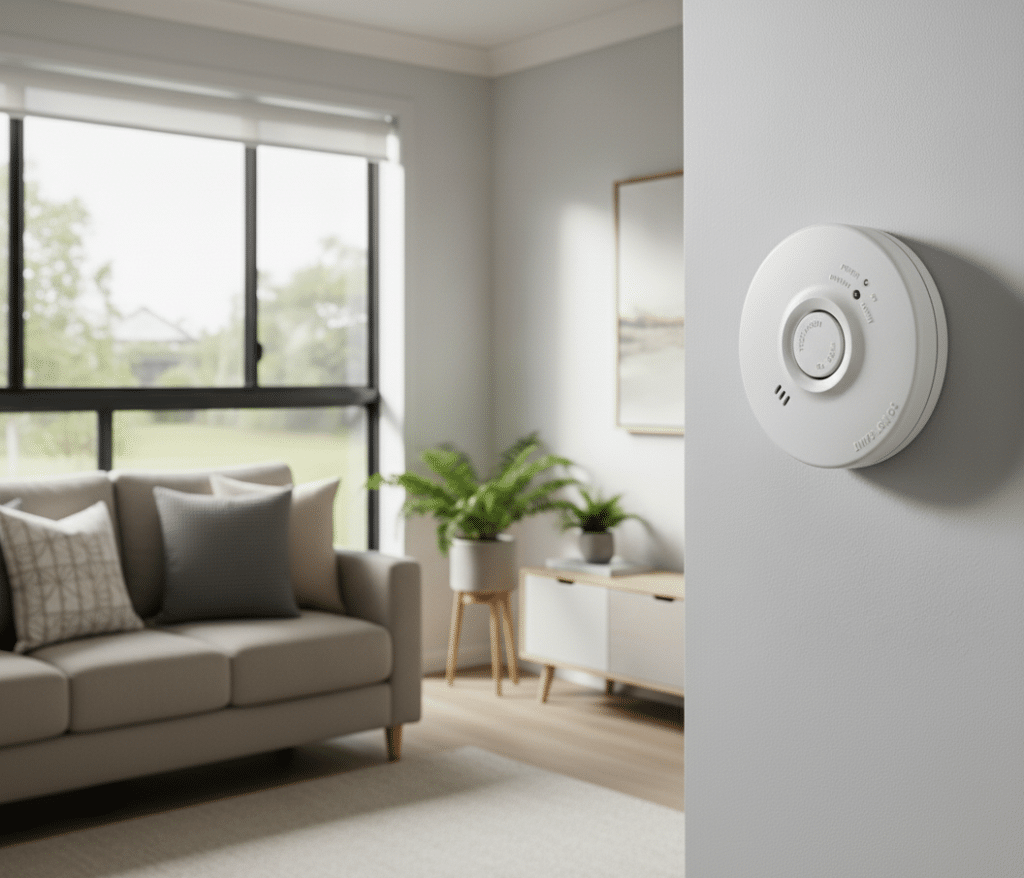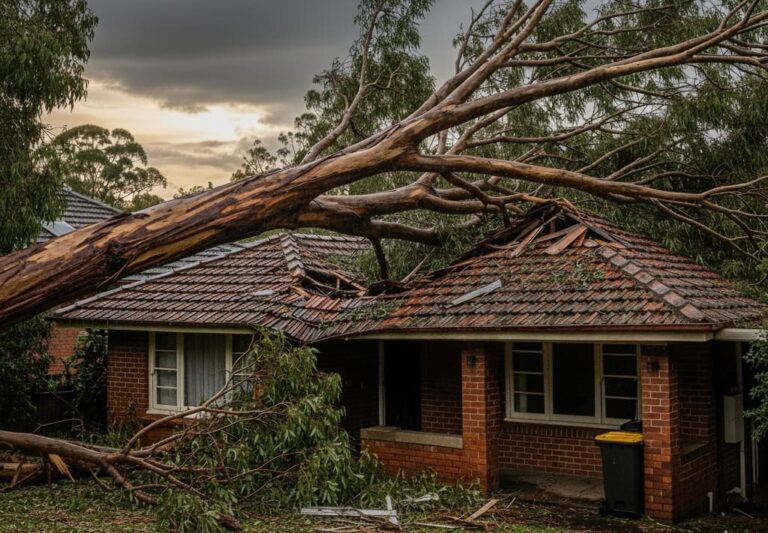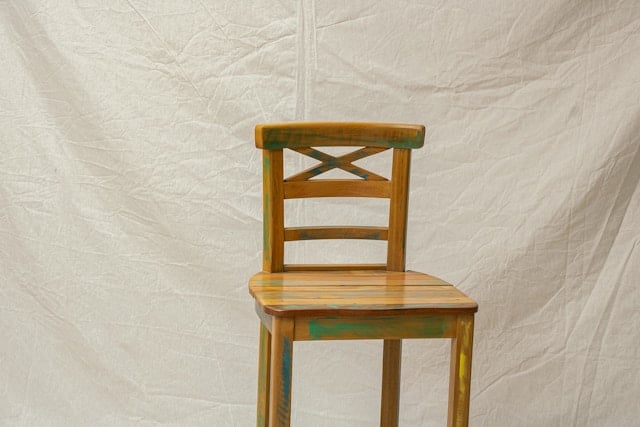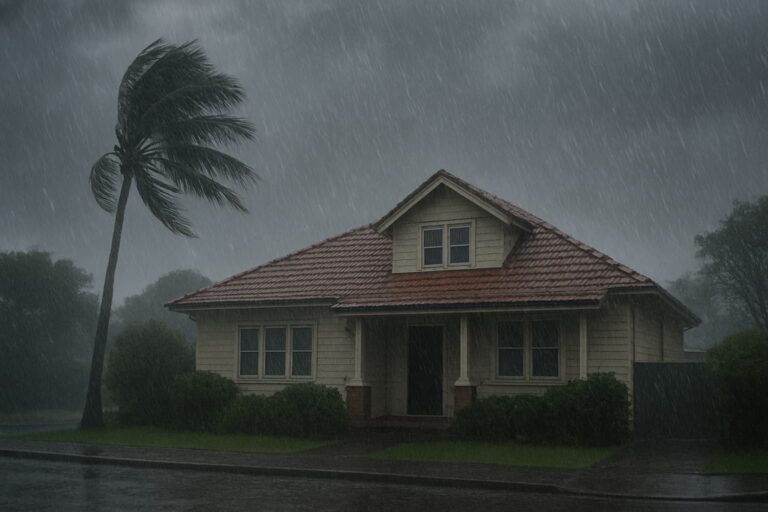As a Brisbane resident, I’ve seen firsthand how many of us rely on gas appliances to heat our homes during winter. What I didn’t realise until recently was the hidden danger lurking in poorly maintained or faulty gas systems. Carbon monoxide poisoning affects hundreds of Australians each year, and Brisbane homes are not immune.
Let’s look at why carbon monoxide alarms are essential for Brisbane households with gas appliances. Together, we’ll go over the risks, legal requirements, and practical steps needed to protect you and your family.
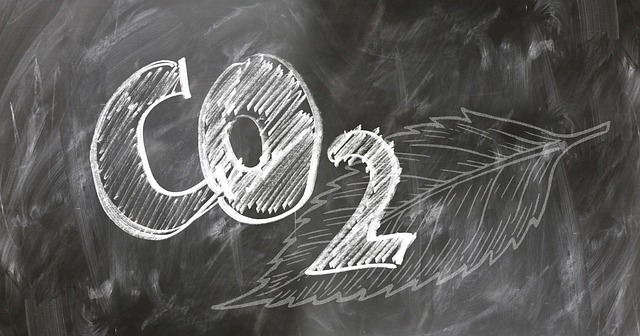
Understanding Carbon Monoxide – The Silent Killer
Carbon monoxide is a deadly gas that you cannot see, smell, or taste. It forms when fuels like gas, wood, or oil don’t burn properly. This happens in everyday appliances around your Brisbane home, including:
- Gas heaters and hot water systems
- Gas stoves and cooktops
- Wood or gas fireplaces
- Portable generators
- BBQs and outdoor heaters
- Car exhausts in enclosed garages
The gas builds up silently in enclosed spaces. Without proper ventilation, it can reach dangerous levels quickly.
Brisbane’s winter months bring unique risks. When temperatures drop, we seal our homes tight and many will fire up gas-based or producing heaters. This creates perfect conditions for carbon monoxide to accumulate. Many Brisbane homes have ageing gas appliances that may not burn fuel efficiently, while sealed homes during winter reduce fresh air circulation.
Brisbane’s subtropical climate means we often use outdoor areas year-round. This leads to risky practices like using gas heaters on enclosed patios or bringing portable appliances inside during cooler weather. Using camp stoves or portable heaters inside is extremely dangerous, as is running cars in attached garages where exhaust fumes can enter your home.
Health Risks and Warning Signs

Recognising the Warning Signs
Carbon monoxide poisoning often mimics flu symptoms. This makes it hard to diagnose quickly. Early symptoms include:
- Headaches that won’t go away
- Feeling sick or vomiting
- Dizziness and confusion
- Extreme tiredness
- Difficulty breathing
- Problems thinking clearly
If multiple family members feel unwell at the same time, especially during winter, suspect carbon monoxide poisoning.
High levels of carbon monoxide cause chest pain, blurred vision, fainting, seizures, unconsciousness, and death. These symptoms can develop rapidly. Without immediate treatment, severe poisoning can be fatal within minutes.
Some Brisbane residents are more vulnerable to carbon monoxide. Children and babies have smaller bodies that absorb the gas faster. Pregnant women face risk to both mother and unborn child. Elderly people may have existing health conditions that worsen effects, while people with heart or lung problems have already compromised systems that struggle more. Pets often show symptoms before humans, serving as an early warning.
How Carbon Monoxide Alarms Work
Modern alarms use sensors that detect carbon monoxide in the air. When levels become dangerous, the alarm sounds loudly, giving you time to evacuate and call for help. The most common type uses chemical sensors that create an electrical signal when carbon monoxide is present. This is called a photoelectric alarm.
Battery-powered alarms are easy to install anywhere in your home but require annual battery replacement. Plug-in alarms connect to regular power points but limit where you can place them. Hardwired alarms connect to your home’s electrical system, require professional installation, but offer the most reliable power source. Smart alarms connect to your phone via Wi-Fi and send alerts even when you’re away from home.
When shopping in Brisbane, try to choose alarms with digital displays showing carbon monoxide levels, different sounds for various alerts, visual warning lights, long battery life, and Australian safety certifications.
Remember that carbon monoxide alarms only detect this specific gas. They won’t warn you about gas leaks, smoke, or fire. You still need smoke alarms and gas leak detectors for complete home safety. Alarms typically last 5-7 years before sensors need replacement, with heat, humidity, and dust potentially reducing their lifespan.
Legal Requirements and Installation Guidelines
Unlike some other states, Queensland doesn’t legally require carbon monoxide alarms in homes. However, this may change as awareness grows. Victoria leads Australia with mandatory alarms in rental properties, and other states are considering similar laws.
If you’re renting in Brisbane, your landlord must ensure gas appliances are safe through professional gas safety checks, regular maintenance of heating systems, and proper ventilation around gas appliances. While not legally required, responsible landlords are installing carbon monoxide alarms to protect tenants.
Even without legal requirements, installing alarms is smart protection. Insurance companies increasingly expect reasonable safety precautions in homes with gas appliances.
Where to Install Alarms
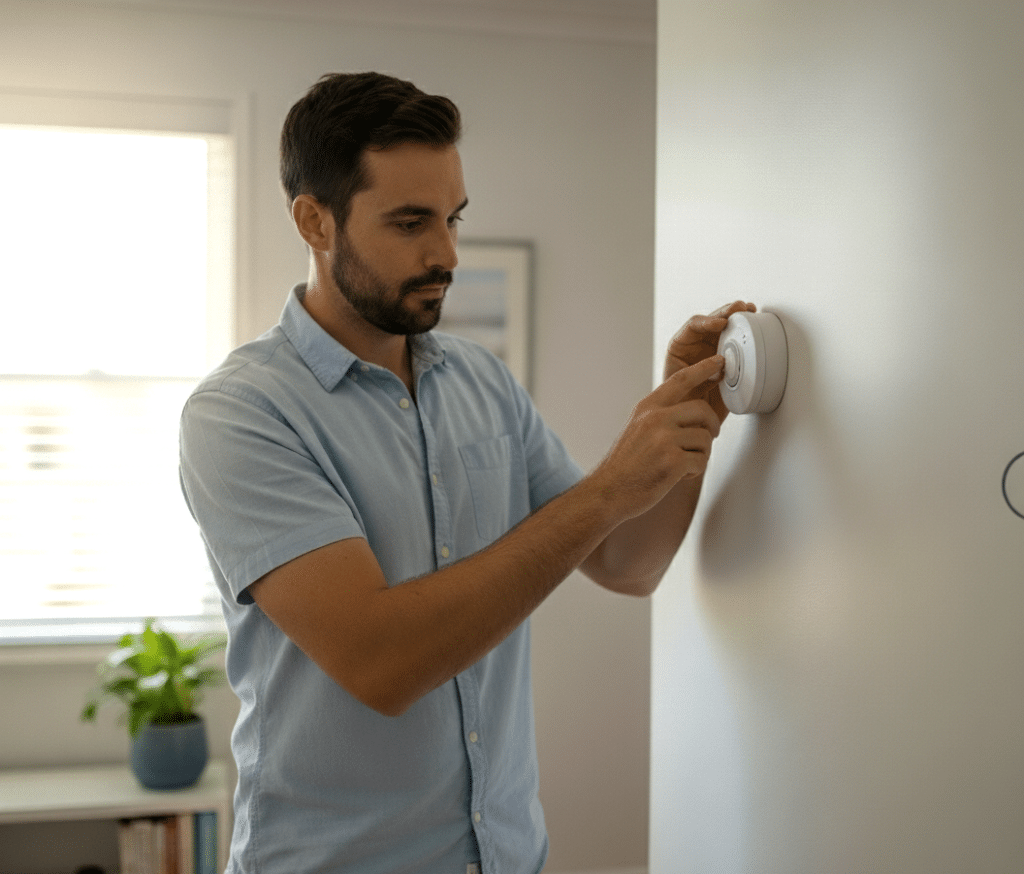
Install alarms near bedrooms since most carbon monoxide deaths happen during sleep. Place them in hallways outside bedrooms or inside each bedroom. Install alarms close to gas heaters, hot water systems, and fireplaces, but not so close they cause false alarms. Multi-storey Brisbane homes need alarms on each floor, with additional units in living areas where family members spend time.
Height doesn’t matter since carbon monoxide mixes evenly with air, though installation at the eye level is best practice, as it makes it easy to check displays. Alarms need air circulation to detect gas quickly, so avoid corners. Stay away from doors, windows, or air conditioning vents to prevent drafts affecting readings. Ensure nothing blocks the alarm’s air intake holes.
Avoid placing alarms too close to gas stoves, in bathrooms or other damp areas, in direct sunlight or extreme temperatures, behind furniture or curtains, or in dusty areas like workshops.
Professional installation is required for hardwired alarms and ensures correct placement for maximum protection, integration with existing safety systems, compliance with electrical codes, and proper testing. DIY installation works for battery and plug-in models if you follow manufacturer instructions carefully.
Maintenance and Emergency Response
Test your alarms monthly by pressing the test button. Check displays for error messages or warning lights and clean gently with a soft cloth to keep air vents clear. Replace batteries in battery-powered alarms yearly or when the low-battery warning sounds. Check expiry dates since sensors usually expire after 5-7 years.
Never use strong cleaners or spray near sensors, paint over the alarm, remove batteries to stop false alarms, allow children to play with alarms, or expose them to water or moisture.
If you suspect carbon monoxide poisoning, act immediately:
- Turn off all gas appliances
- Open doors and windows wide
- Get everyone outside to fresh air
- Call Triple Zero (000) for emergency services
- Don’t go back inside until professionals say it’s safe
Seek medical attention even if symptoms improve outside, as carbon monoxide affects your blood’s ability to carry oxygen and effects can be delayed.
Prevention Beyond Alarms
Have Brisbane gas fitters check your appliances every two years. This includes gas heaters, fireplaces, hot water systems, stoves, cooktops, flues, and chimneys. Regular servicing prevents carbon monoxide production and saves money on energy bills.
Warning signs of problems include yellow or orange flames instead of blue, soot around appliances, pilot lights that won’t stay lit, unusual smells when appliances run, and increased condensation on windows.
Keep air grilles and flues clear of furniture, plants, or debris. Crack windows when using gas heaters, especially in smaller rooms. Avoid using bathroom or kitchen fans while gas appliances are running nearby.
Never use gas BBQs, camping stoves, portable gas heaters not designed for indoor use, generators, or charcoal burners inside your home. Never warm up cars in attached garages, and only use gas patio heaters in well-ventilated areas, never in enclosed patios or gazebos.
Choosing the Right Alarm for Your Brisbane Home
Brisbane’s humidity can affect battery life in some alarms, so choose models rated for high humidity environments. Summer heat in roof spaces can damage hardwired alarms, so ensure proper ventilation around alarm locations.
Consider your number of gas appliances, home size, family composition, and budget when selecting alarms. More appliances mean higher risk and need for more alarms. Larger Brisbane homes need alarms on each level and in multiple locations. Homes with children, elderly people, or those with health conditions need extra protection.
Start with basic battery alarms if budget is tight and upgrade to smart or hardwired models over time. Consider alarms that work with your current smoke alarms, as some models combine both functions. Smart alarms can integrate with home security systems and send alerts to your phone, while interconnected alarms ensure everyone hears warnings throughout your Brisbane home.
Take Action Today
Carbon monoxide is a real threat to Brisbane homes with gas appliances. While not legally required yet, carbon monoxide alarms provide essential protection for your family. Start by assessing your home’s risk factors, counting your gas appliances, checking when they were last serviced, identifying the best alarm locations, and setting a budget for purchase and installation.
The cost of alarms is minimal compared to the cost of carbon monoxide poisoning. Don’t wait until it’s too late. Install carbon monoxide alarms today and breathe easier knowing your family is protected from this silent killer.
